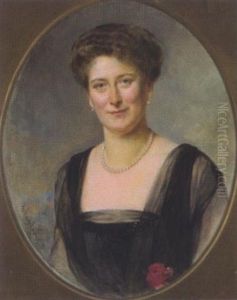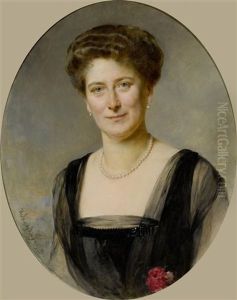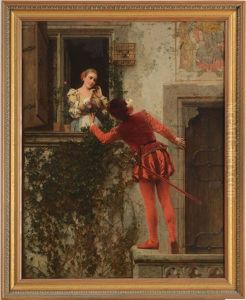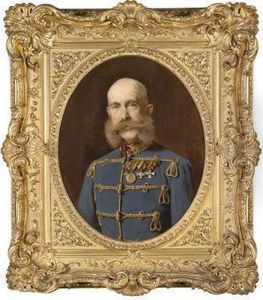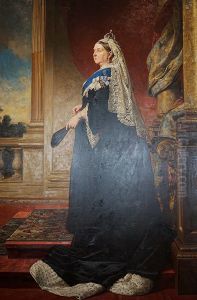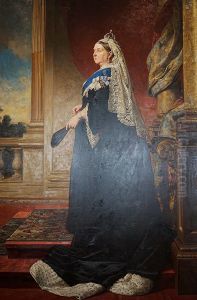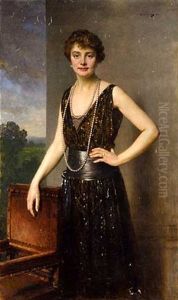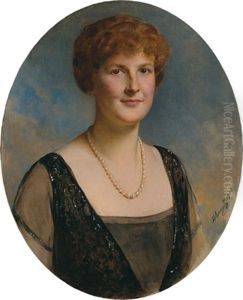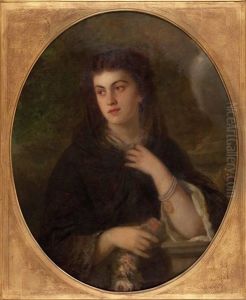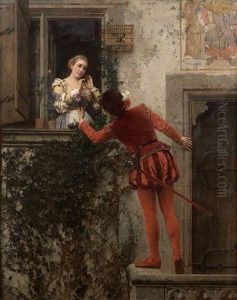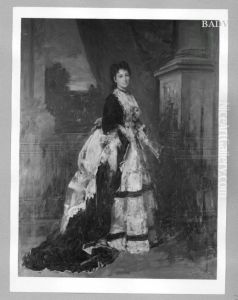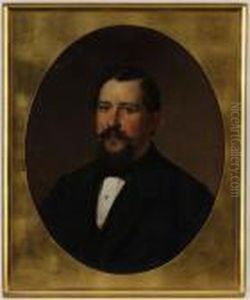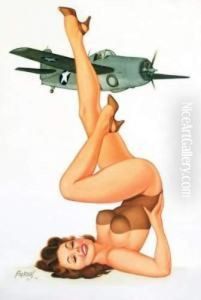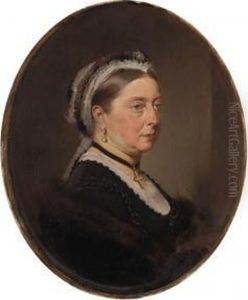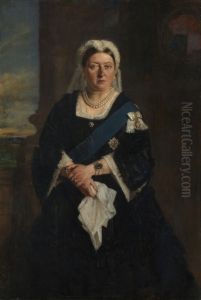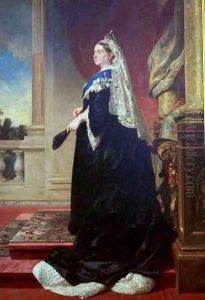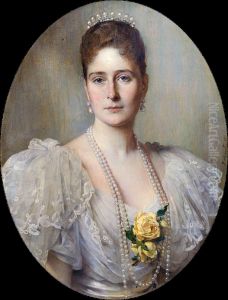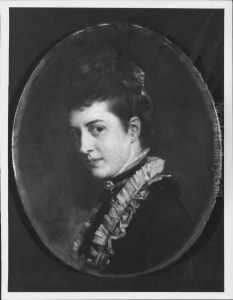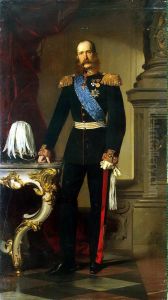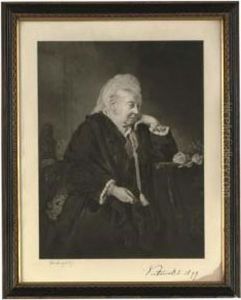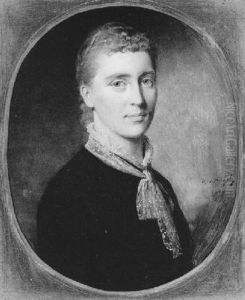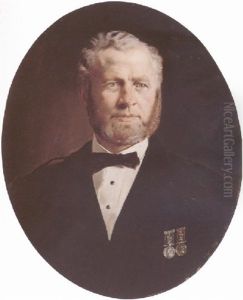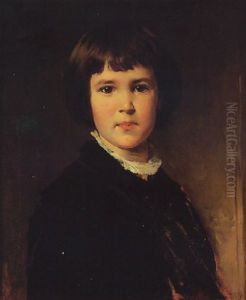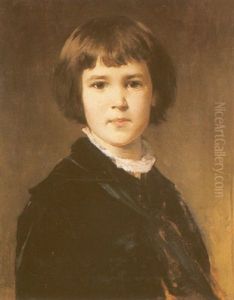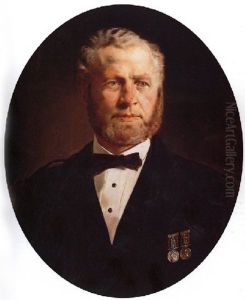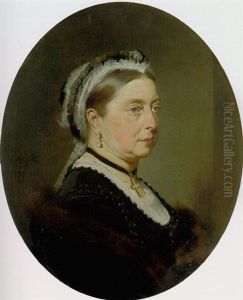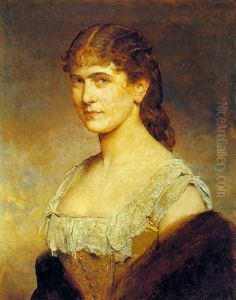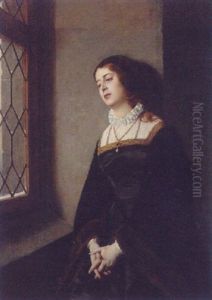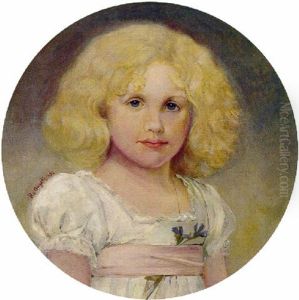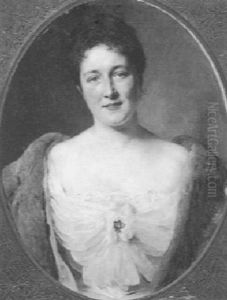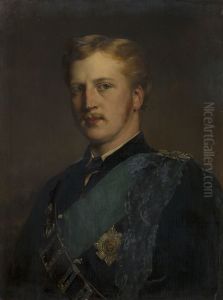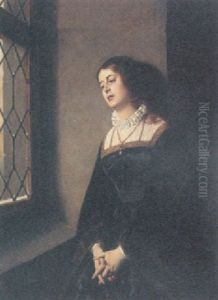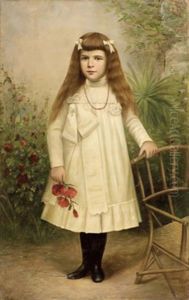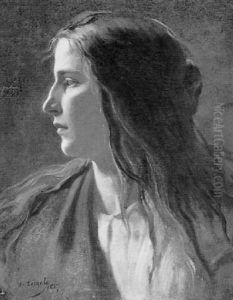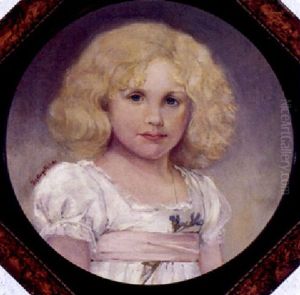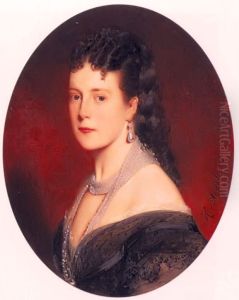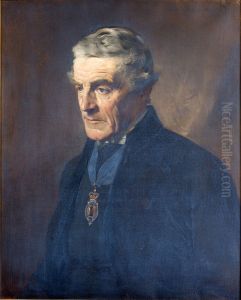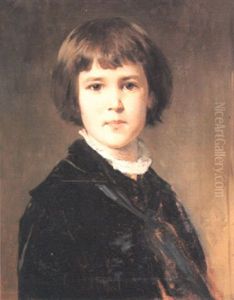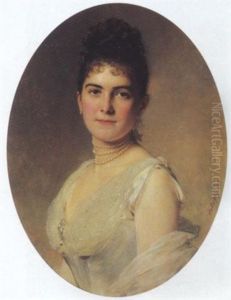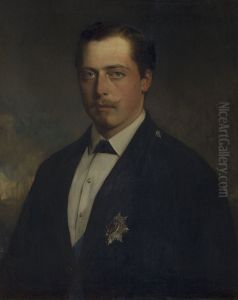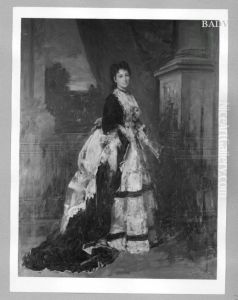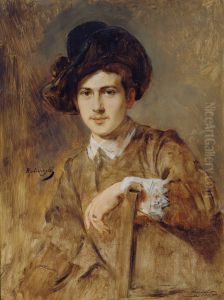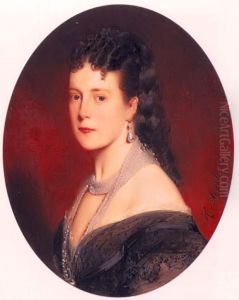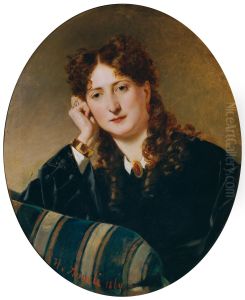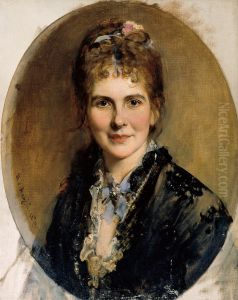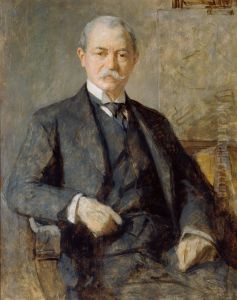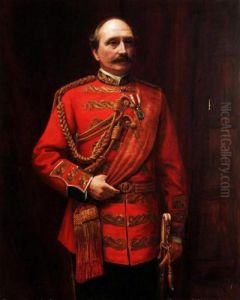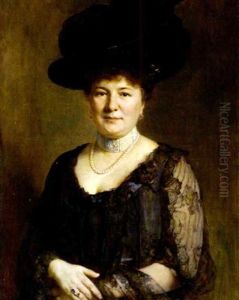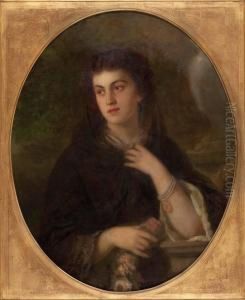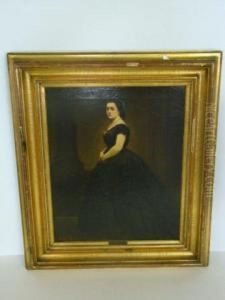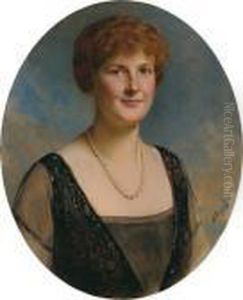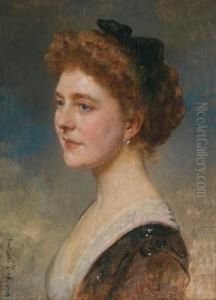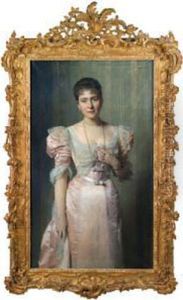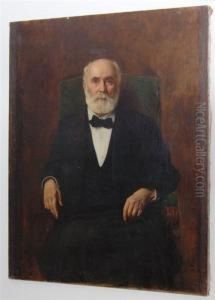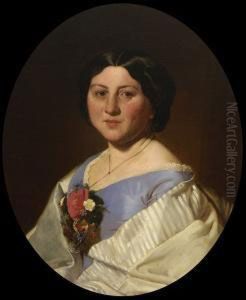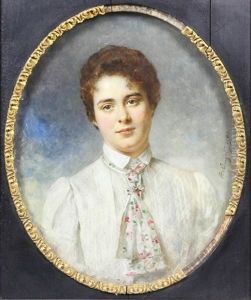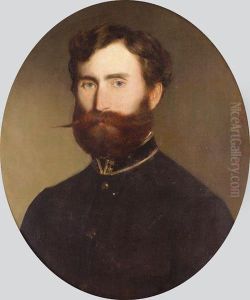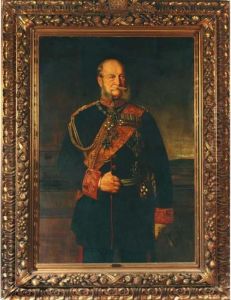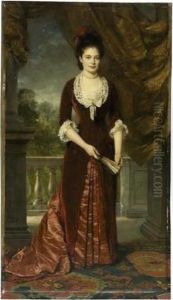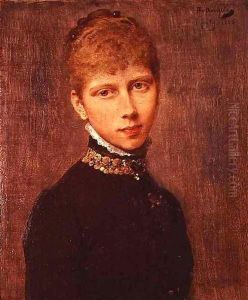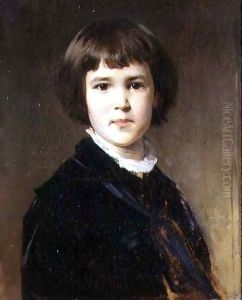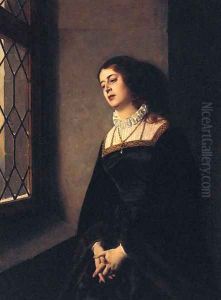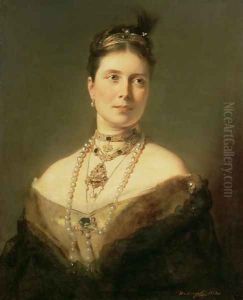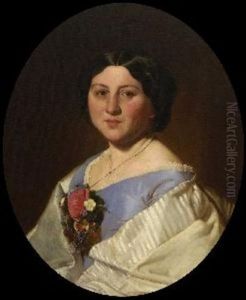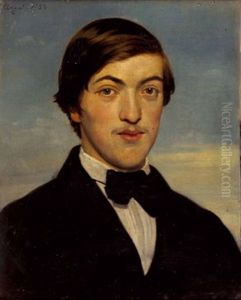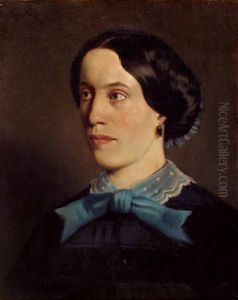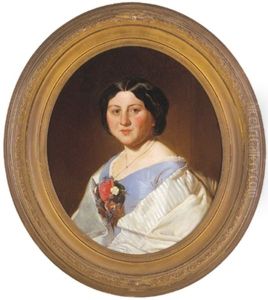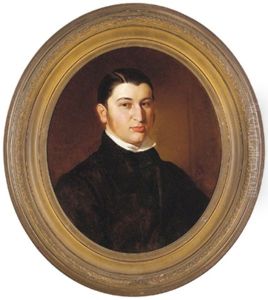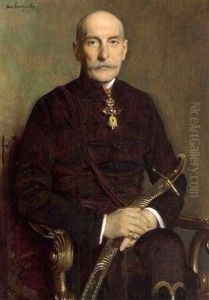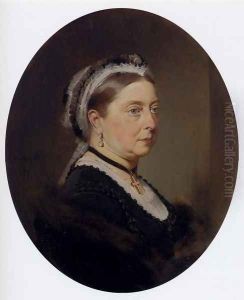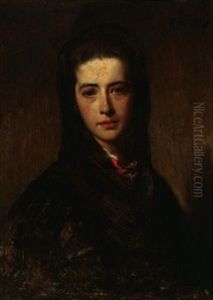Baron Heinrich von Angeli Paintings
Baron Heinrich von Angeli was an Austrian portrait painter born on July 8, 1840, in Odenburg. He was known for his realistic and sensitive portrayals of European aristocracy and notable figures of his time. Angeli began his artistic education at the Vienna Academy, where he studied under the guidance of renowned artists such as Heinrich Führich and Franz Eybl.
After completing his studies, Angeli went on to further hone his skills in Düsseldorf, a center for the arts in Germany, particularly known for its influential school of painting. His talent was recognized early, and he began to gain a reputation for his portraits, which combined a detailed and meticulous technique with a unique sensitivity to the character and personality of his subjects.
In 1865, Angeli moved to London, where he established himself as a portrait artist among British high society. His work caught the attention of Queen Victoria, who commissioned him to paint several portraits of the royal family. This royal patronage marked a significant turning point in his career, and he became one of the most sought-after portraitists of his time.
Throughout his career, Angeli painted many prominent figures, including Emperor Franz Joseph I of Austria and German Chancellor Otto von Bismarck. His style was characterized by a refined elegance and a focus on capturing the psychological depth of his subjects. He was particularly adept at rendering the textures of fabrics and the subtleties of flesh tones, which lent a lifelike quality to his portraits.
Angeli's contributions to art were recognized with numerous awards and honors. In 1878, he received the title of a baron from Emperor Franz Joseph, which was a rare distinction for an artist. He also served as a professor at the Vienna Academy and was an influential figure in the Austrian art scene.
Baron Heinrich von Angeli's legacy is that of a master portraitist who bridged the gap between traditional and modern portrait painting. His works can be found in many prestigious collections and museums around the world. He continued to paint until his later years, passing away on October 21, 1925, in Vienna. His portraits remain a testament to his skill in capturing the essence of his era's most significant and influential personalities.
